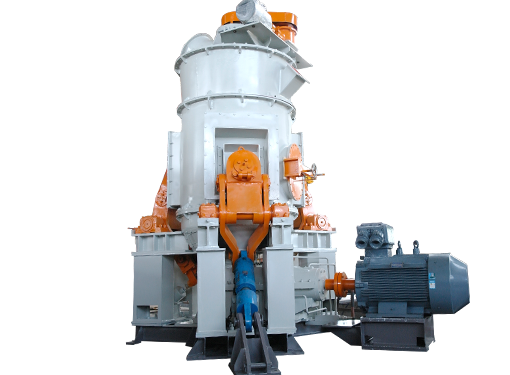- +8618937185591
- +8618937185591
- ec19@zkcorp.com
- +8618937185591

Dolomite is a common carbonate mineral produced in lakes, shallow seas, brine recirculation or early to late burial.

First, the cause of dolomite
Dolomite is a common carbonate mineralproduced in lakes, shallow seas, brine recirculation or early to late burial.But it is rare in Holocene sediments. For more than half a century, aftercontinuous accumulation and development, the geosciences have differentrecognitions for more than 20 different types of dolomite genetic models. Amongthem, hydrothermal dolomitization mode and microbial dolomitization mode havegradually become the new mainstream mode, and the evaporation pumpdolomitization mode and reflux infiltration dolomitization mode are generallyrecognized.
Second, dolomite physical and chemicalproperties
Dolomite crystal belongs to the carbonatemineral in the trigonal essence. It is pure white, gray, flesh-colored,colorless, green, brown, black, dark pink, etc. It is transparent totranslucent and gray when iron. After weathering Brown, shiny glass.
Third, the usage of dolomite
1. Metallurgical refractory field
As a magnesium slag-forming agent insteelmaking, it can extract magnesium metal, steel-making refractory materials,etc. by combining undesired or harmful associated elements such as moltensilicon, aluminum, sulfur, phosphorus;
2. Chemical field
Production of magnesium sulfate, magnesiumoxide, light magnesium carbonate, fine sand, rubber and plastic fillers;
3. Building materials industry
It can produce sulfate magnesium oxidecement, high-performance magnesium oxychloride cement, burnt lime silicatebrick, cracks in treated gypsum products and wood products, etc.
4. Ceramic industry
In ceramic blanks and glazes, dolomite isintroduced, and magnesium oxide and calcium carbonate components are introducedto replace talc and calcite;
5. Environmental protection
Water-treated dolomite can be used forfiltering materials and is used in drinking water, industrial water, swimmingpool water, etc.
6. Glass industry
White ash stone and dolomite are importantcomponents in glass raw materials, which can act as flux, which can greatlyreduce the aging of glass, reduce the plasticity of colored glass, and furtherincrease the strength of glass.
Fourth, dolomite refractory
Dolomite refractory is an alkalinerefractory material with dolomite as the main raw material and calcium oxideand magnesium oxide as main components. The calcium oxide content is 40% to60%, and the magnesium oxide content is 30% to 40%. The sintering properties ofdolomite during calcination by heating and the refractoriness of the calcinedproduct depend on the mineral composition, structural structure of the dolomiteand the type and distribution of the impurity mineral. The increase of CaOcontent in dolomite can improve the refractoriness of dolomitic refractorymaterials. For water-resistant dolomitic refractories, the increase of MgOcontent can significantly improve the refractoriness.